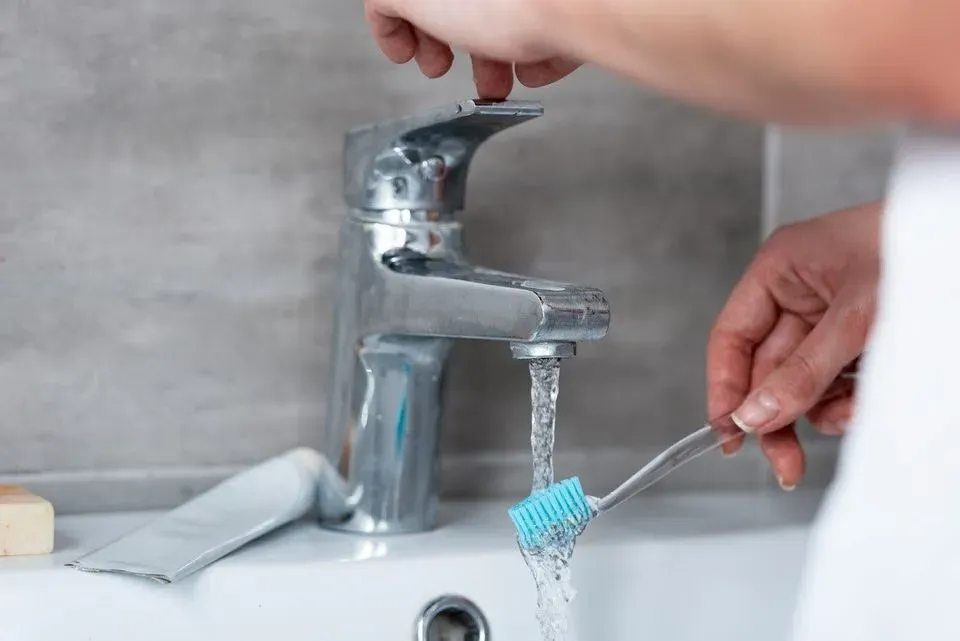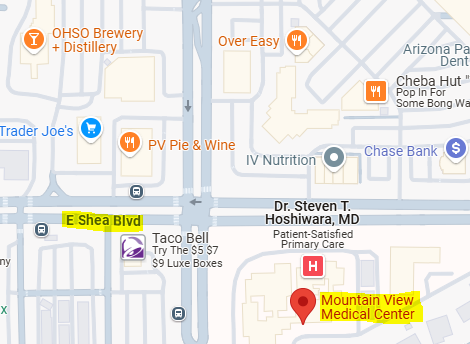THE FIGHT AGAINST GUM DISEASE: ARM YOURSELF WITH THE RIGHT TOOLS
Do you have gum disease? According to the U.S. Centers for Disease Control and Prevention (CDC), more than 47 percent of adults 30 and over have a periodontal problem. If you're one of the many Americans with gum disease, take a look at the top toothbrush and dental tool questions answered.
Should You Use a Manual or Electric Toothbrush?
There's no universal answer or best option for every dental patient. Periodontal disease requires special care. But that doesn't always mean a stronger or more vigorous style of brushing. Before you choose between manual and electric, consider:
- Your dentist's advice. Every dental patient has different periodontal needs. The dentist will evaluate your individual needs and help you to understand which choice is the better option for your gums and mouth.
- Your brushing style. Do you brush aggressively? Some dental patients brush more vigorously than they should with a manual brush. This can irritate your gums and cause more damage. If you go too far with a manual type of brush, try an electric alternative.
- Your motor skills. A manual toothbrush isn't easy to move properly for some people. If you have fine motor or movement issues, an electric toothbrush is a better option for a complete clean.
Whether you choose manual or electric, an old or worn toothbrush won't help your gums to heal. Broken bristles and severe wear leave the brush ineffective. The American Dental Association (ADA) recommends patients replace their brushes every three to four months (or when the bristles fray).
Should You Use a Soft, Medium, or Hard Toothbrush?
What type of bristles should your brush have? Both manual and electric brushes come in soft (or extra-soft), medium, and hard or firm bristle strengths. While you might think hard bristles would give you the deep clean your gums need, a firm brush isn't always the best choice. To help your gums heal and prevent ongoing dental disease:
- Select softer over firmer. A hard or firm brush can scrape your gums. This can cause abrasions and irritate already delicate tissue.
- Change the pressure. If you prefer a medium or firm bristle type, you may need to lighten your touch. Again, rough brushing can make it hard for your gums to heal. While a softer bristle is best, a medium toothbrush with a light touch could protect your gums.
- Ask the dentist. The dentist knows your gums and your dental history. Ask your dentist for their expert opinion. They can help you to choose the right bristle type or strength for your individual needs.
Never sacrifice brushing time for a firmer bristle. The ADA recommends brushing for two minutes at least two times a day. If the bristles are too firm to brush for a full two minutes, move to a softer option.
Should You Only Brush?
Toothbrush choice isn't the only factor in the fight against gum disease. The first step is a dentist's diagnosis. After an in-office exam, the dentist may recommend other tools to reduce the impact of periodontal disease.
Along with your manual or electric toothbrush, other at-home care options include:
- Dental floss. Your toothbrush may not reach the deep in-between spaces. Remove plaque and debris from these areas with dental floss. Floss after brushing to increase the effectiveness of your overall gum care routine.
- Interdental cleaners. If floss isn't easy for you to maneuver, an interdental cleaner can help. These include dental picks, interdental brushes, and other similar tools.
- A water device. A water pick or other similar device can also help to clear and clean the in-between areas of your mouth.
Like brush choice, the dentist can also help you with floss or interdental cleaner selection. Ask your dentist which option will help you to turn around gum disease without added irritation.
Do you need a dental exam? Contact Desert Dental for more information.









